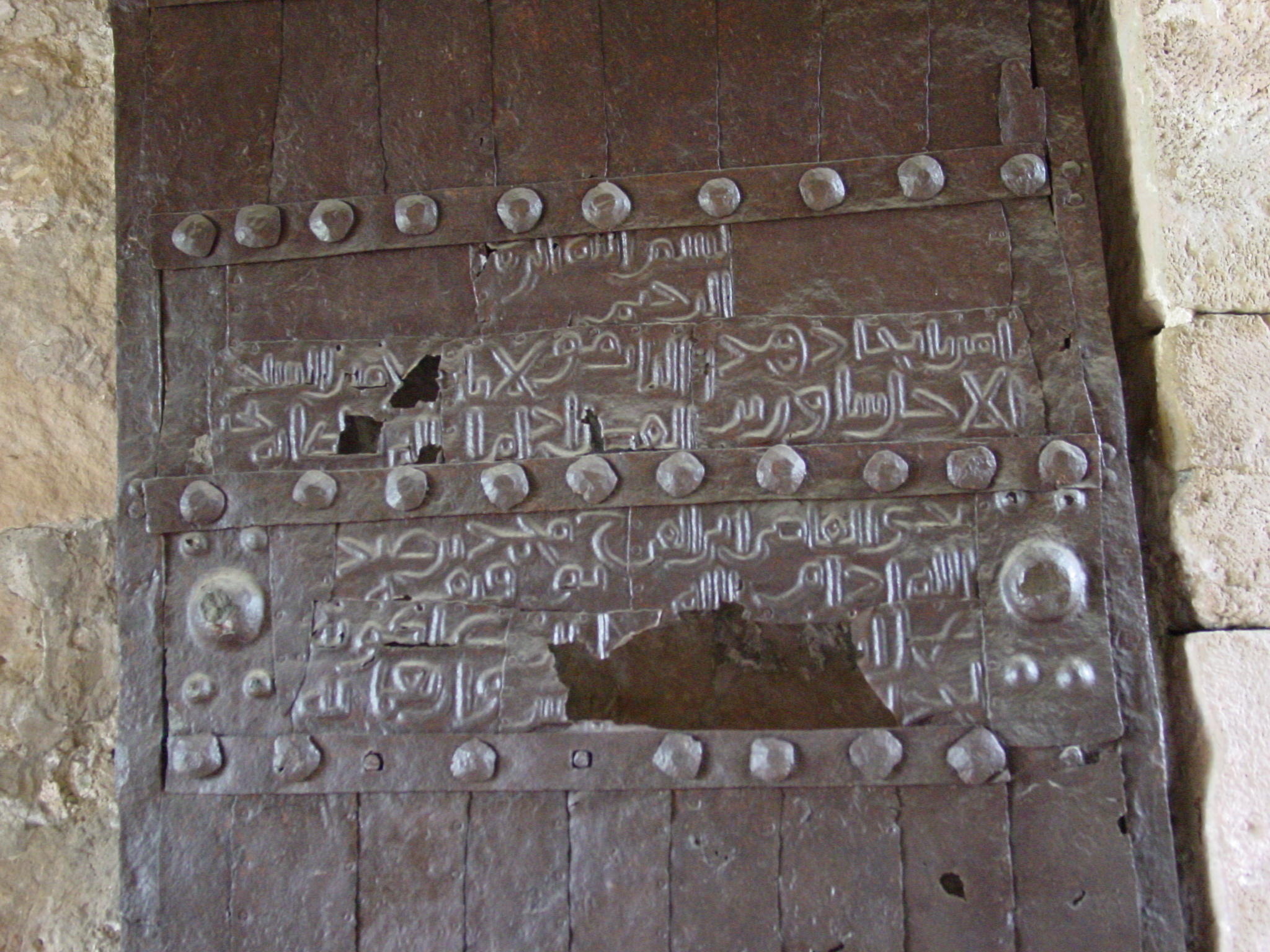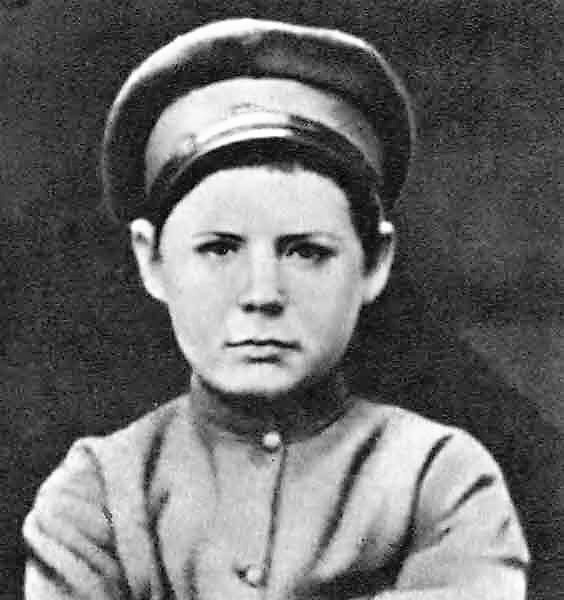|
Treaty Of Agstafa
The Treaty of Agstafa, also known somewhat misleadingly as the 1920 Georgia-Azerbaijan Trade Agreement, was a peace agreement between the newly formed Soviet Socialist Republic of Azerbaijan and the pre-soviet Democratic Republic of Georgia. Predating the controversial Treaty of Sèvres by two months it was signed in the town of Aghstafa on June 12, 1920. The agreement The treaty agreed a truce between the two countries and an additional 4-point settlement. The first of the treaty's 18 articles called for all hostilities to end between Azerbaijan and Georgia and a return of prisoners of war. The Georgian-Azerbaijani border was confirmed to follow the administrative line that had been used in Tsarist times to separate Tbilisi and Ganja provinces, but the parties failed to agree a compromise on the border delineation of Zaqatala District, an issue that was turned over to an arbitration commission. A trade agreement was also negotiated according to which Azerbaijan would supply G ... [...More Info...] [...Related Items...] OR: [Wikipedia] [Google] [Baidu] |
Aghstafa
Agstafa ( az, Ağstafa) is a town, municipality (assigned in 1941) and the capital of the Aghstafa District of Azerbaijan. Agstafa district was established in 1939, abolished in 1959 and merged with Gazakh district, became an independent district again in 1990 History Historical reference books of Agstafa indicate that the city appeared in the second half of the nineteenth century, essentially built as a new town around the construction of the Baku-Tbilisi railway. The town was known initially as Elisavetinka, for the Russian royal, though the station did take its name from a pre-existing small village of Agstafa, which grew more important from 1914 as the junction stop for a new branch line to Yerevan. In 1920, with the region still rocked by the fallout of the 1920 Ganja Revolt, the Treaty of Agstafa was negotiated here between the newly Sovietised Republic of Azerbaijan and the then still-independent Democratic Republic of Georgia. Agstafa received city status in 1941. Geo ... [...More Info...] [...Related Items...] OR: [Wikipedia] [Google] [Baidu] |
Aleksandre Andronikashvili
Alexander Andronikashvili ( ka, ალექსანდრე ანდრონიკაშვილი) also known as Andronikov (1871 – 1923) was a Georgian military commander and anti-Soviet resistance leader. Of an old noble family, Andronikashvili served in the Imperial Russian army and was promoted to the rank of general in World War I. He then served for the General Staff of the military of the newly independent Democratic Republic of Georgia. After the republic's fall to the Soviets (1921) he became one of the leaders of an underground independence movement. Andronikashvili was arrested by the Cheka along with his associates and shot at the outskirts of Tbilisi on May 19, 1923. Lang, David Marshall (1962), ''A Modern History of Georgia'', p. 241. London London is the capital and largest city of England and the United Kingdom, with a population of just under 9 million. It stands on the River Thames in south-east England at the head of a estuary down to the ... [...More Info...] [...Related Items...] OR: [Wikipedia] [Google] [Baidu] |
Treaties Of The Azerbaijan Soviet Socialist Republic
A treaty is a formal, legally binding written agreement between actors in international law. It is usually made by and between sovereign states, but can include international organizations, individuals, business entities, and other legal persons. A treaty may also be known as an international agreement, protocol, covenant, convention, pact, or exchange of letters, among other terms. However, only documents that are legally binding on the parties are considered treaties under international law. Treaties vary on the basis of obligations (the extent to which states are bound to the rules), precision (the extent to which the rules are unambiguous), and delegation (the extent to which third parties have authority to interpret, apply and make rules). Treaties are among the earliest manifestations of international relations, with the first known example being a border agreement between the Sumerian city-states of Lagash and Umma around 3100 BC. International agreements were used in so ... [...More Info...] [...Related Items...] OR: [Wikipedia] [Google] [Baidu] |
Kura (Caspian Sea)
The Kura is an east-flowing river south of the Greater Caucasus Mountains which drains the southern slopes of the Greater Caucasus east into the Caspian Sea. It also drains the north side of the Lesser Caucasus while its main tributary, the Aras, drains the south side of those mountains. Starting in northeastern Turkey, it flows through Turkey to Georgia, then to Azerbaijan, where it receives the Aras as a right tributary, and enters the Caspian Sea at Neftçala. The total length of the river is . People have inhabited the Caucasus region for thousands of years and first established agriculture in the Kura Valley over 4,500 years ago. Large, complex civilizations eventually grew up on the river, but by 1200 CE, most were reduced to ruin by natural disasters and foreign invaders. The increasing human use, and eventual damage, of the watershed's forests and grasslands, contributed to a rising intensity of floods through the 20th century. In the 1950s, the Soviet Union started bui ... [...More Info...] [...Related Items...] OR: [Wikipedia] [Google] [Baidu] |
Hamid Sultanov
Hamid Hasan oglu Sultanov ( az, Həmid Sultanov; 26 May 1889 – 1938) was a Soviet Azerbaijani politician, People's Commissar for Internal Affairs of the Azerbaijan SSR and later Chair of the Council of People's Commissars of the Nakhchivan ASSR. Life and career Hamid Sultanov was born on 26 May 1889 in the village of Shynykh-Ayrum, Kazakh Uyezd (present-day Gadabay Rayon, Azerbaijan). In autumn 1906, Sultanov moved to Baku where he was hired as a plumber's assistant on Balakhany oilfields.Рабочее движение в Азербайджане в годы нового революционного подъёма (1910-1914 гг.): Документы и материалы по истории рабочего движения в Азербайджане в конце XIX-начале XX вв. V. 2. Azerbaijan SSR Academy of Sciences Publication, 1967; p. 449 In 1907, he joined the Bolshevik wing of the Russian Social-Democratic Party. In 1913, he graduated from a polytech ... [...More Info...] [...Related Items...] OR: [Wikipedia] [Google] [Baidu] |
Ganja, Azerbaijan
Ganja (; az, Gəncə ) is Azerbaijan's third largest city, with a population of around 335,600.Azərbaycan Respublikası. — 2. Azərbaycan Respublikasının iqtisadi və inzibati rayonları. — 2.4. Azərbaycan Respublikasının iqtisadi və inzibati rayonlarının ərazisi, əhalisinin sayı və sıxlığı, səhifə 66. /Azərbaycanın əhalisi (statistik bülleten) Müəllifi: State Statistics Committee, Azərbaycan Respublikasının Dövlət Statistika Komitəsi. Buraxılışa məsul şəxs: Rza Allahverdiyev. Bakı — 2015, 134 səhifə. The city has been a historic and cultural center throughout most of its existence. It was the capital of the Ganja Khanate until 1804; after Qajar Iran ceded it to the Russian Empire following the Treaty of Gulistan in 1813, it became part of the administrative divisions of the Georgia Governorate, Georgia-Imeretia Governorate, Tiflis Governorate, and Elizavetpol Governorate. Following the dissolution of the Russian Empire and the Transc ... [...More Info...] [...Related Items...] OR: [Wikipedia] [Google] [Baidu] |
Grigol Lordkipanidze
Grigol Lordkipanidze ( ka, გრიგოლ ლორთქიფანიძე; 2 September 1881 – 2 September 1937) was a Georgian politician and author. During the Russian Revolution of 1917, he was involved in the Georgian independence movement. From 1919 to 1921, he served as a Minister of Education and then as a Defense Minister in the government of Noe Zhordania, a Menshevik leader of the Democratic Republic of Georgia. After the Soviet invasion of Georgia in 1921, he did not follow his fellow ministers into emigration and chose to stay in Georgia. Despite an amnesty granted by the newly established Bolshevik regime, he was arrested in May 1921, and deported to Suzdal where he composed his historical essay “Thoughts on Georgia” (“ფიქრები საქართველოზე”, 1922-1924). In 1925, he was moved to Kursk, where he was involved in educational activities and edited a local newspaper. In 1928, the Soviet authorities allowed him to retu ... [...More Info...] [...Related Items...] OR: [Wikipedia] [Google] [Baidu] |
Azerbaijan
Azerbaijan (, ; az, Azərbaycan ), officially the Republic of Azerbaijan, , also sometimes officially called the Azerbaijan Republic is a transcontinental country located at the boundary of Eastern Europe and Western Asia. It is a part of the South Caucasus region and is bounded by the Caspian Sea to the east, Russia (Republic of Dagestan) to the north, Georgia to the northwest, Armenia and Turkey to the west, and Iran to the south. Baku is the capital and largest city. The Azerbaijan Democratic Republic proclaimed its independence from the Transcaucasian Democratic Federative Republic in 1918 and became the first secular democratic Muslim-majority state. In 1920, the country was incorporated into the Soviet Union as the Azerbaijan SSR. The modern Republic of Azerbaijan proclaimed its independence on 30 August 1991, shortly before the dissolution of the Soviet Union in the same year. In September 1991, the ethnic Armenian majority of the Nagorno-Karabakh region formed the ... [...More Info...] [...Related Items...] OR: [Wikipedia] [Google] [Baidu] |
Mirza Davud Huseynov
Mirza Davud Baghir oghlu Huseynov ( az, Мирзә Давуд Һүсејнов, italic=no, Mirzə Davud Bağır oğlu Hüseynov; Russian: ), also spelled Husseynov or Huseinov (March 1894 – March 21, 1938), was an Azerbaijani revolutionary and statesman. Early life Huseynov was born in a religious family in March 1894 in Baku. Having studied at a local school from 1904 until 1913, he moved to Moscow to study economics at the Institute of Commerce. In May 1917, he returned to Baku and was stationed in Agdash to work in the Refugee Committee of Baku and Ganja governorates. In October, 1918, he went back to Baku and established a student revolutionary committee. In 1920, he married Tamara Khoyskaya (1902—1990), daughter of the Prime Minister of the deposed Azerbaijan Democratic Republic government Fatali Khan Khoyski.Vilayat GuliyevWife of the Prime Minister. ''Zerkalo''. 21 May 2011. Political career In March 1919, Huseynov was one of the leaders of Hummet Party and later w ... [...More Info...] [...Related Items...] OR: [Wikipedia] [Google] [Baidu] |
Sergey Kirov
Sergei Mironovich Kirov (né Kostrikov; 27 March 1886 – 1 December 1934) was a Soviet politician and Bolshevik revolutionary whose assassination led to the first Great Purge. Kirov was an early revolutionary in the Russian Empire and member of the Bolshevik faction of the Russian Social Democratic Labour Party. Kirov became an Old Bolshevik and personal friend to Joseph Stalin, rising through the Communist Party of the Soviet Union ranks to become head of the party in Leningrad and a member of the Politburo. On 1 December 1934, Kirov was shot and killed by Leonid Nikolaev at his offices in the Smolny Institute for unknown reasons; Nikolaev and several suspected accomplices were convicted in a show trial and executed less than 30 days later. Kirov's death was later used as a pretext for Stalin's escalation of political repression in the Soviet Union and the events of the Great Purge, with complicity as a common charge for the condemned in the Moscow Trials. Kirov's assassina ... [...More Info...] [...Related Items...] OR: [Wikipedia] [Google] [Baidu] |

.jpg)


